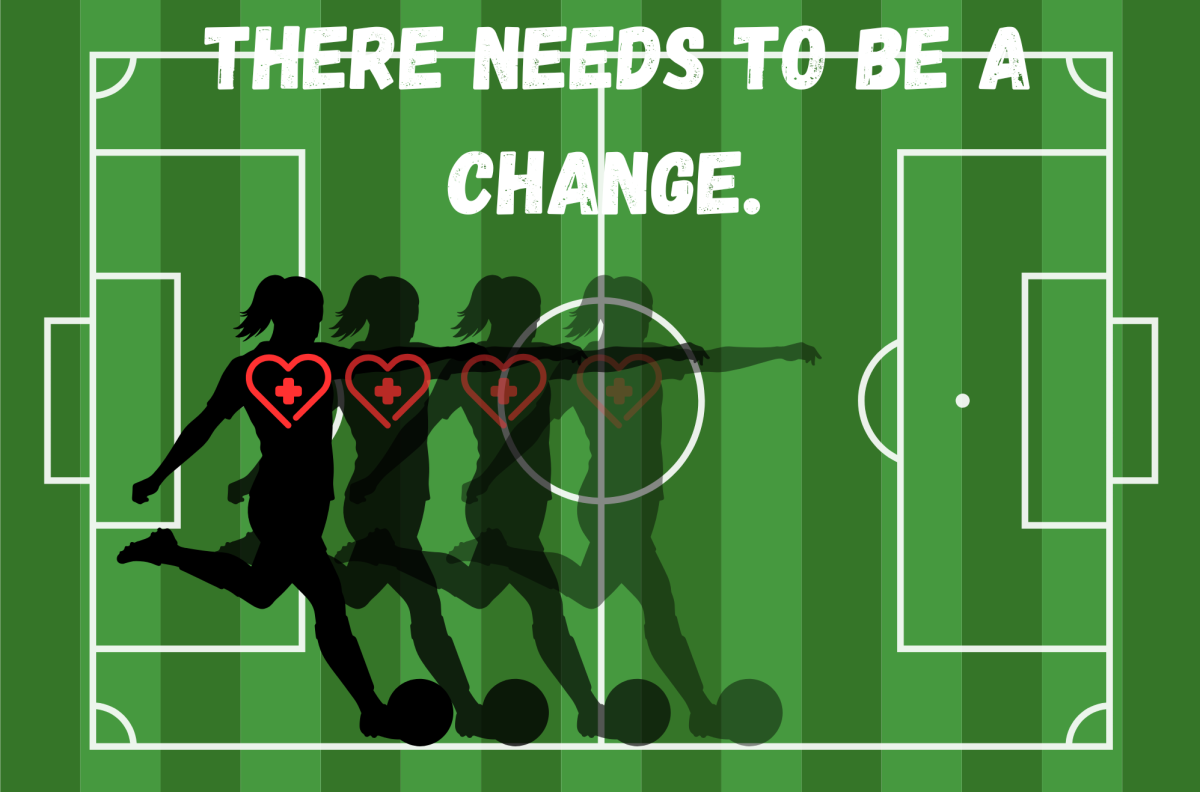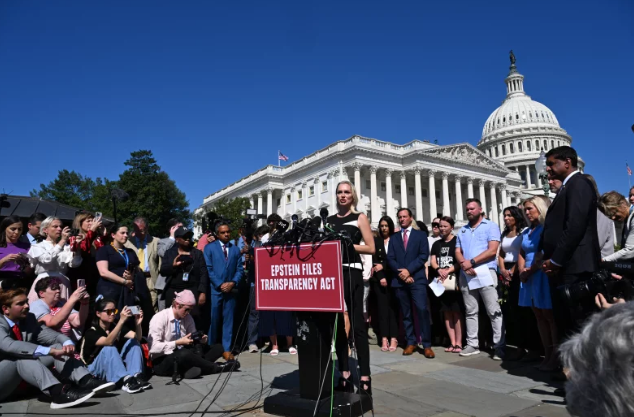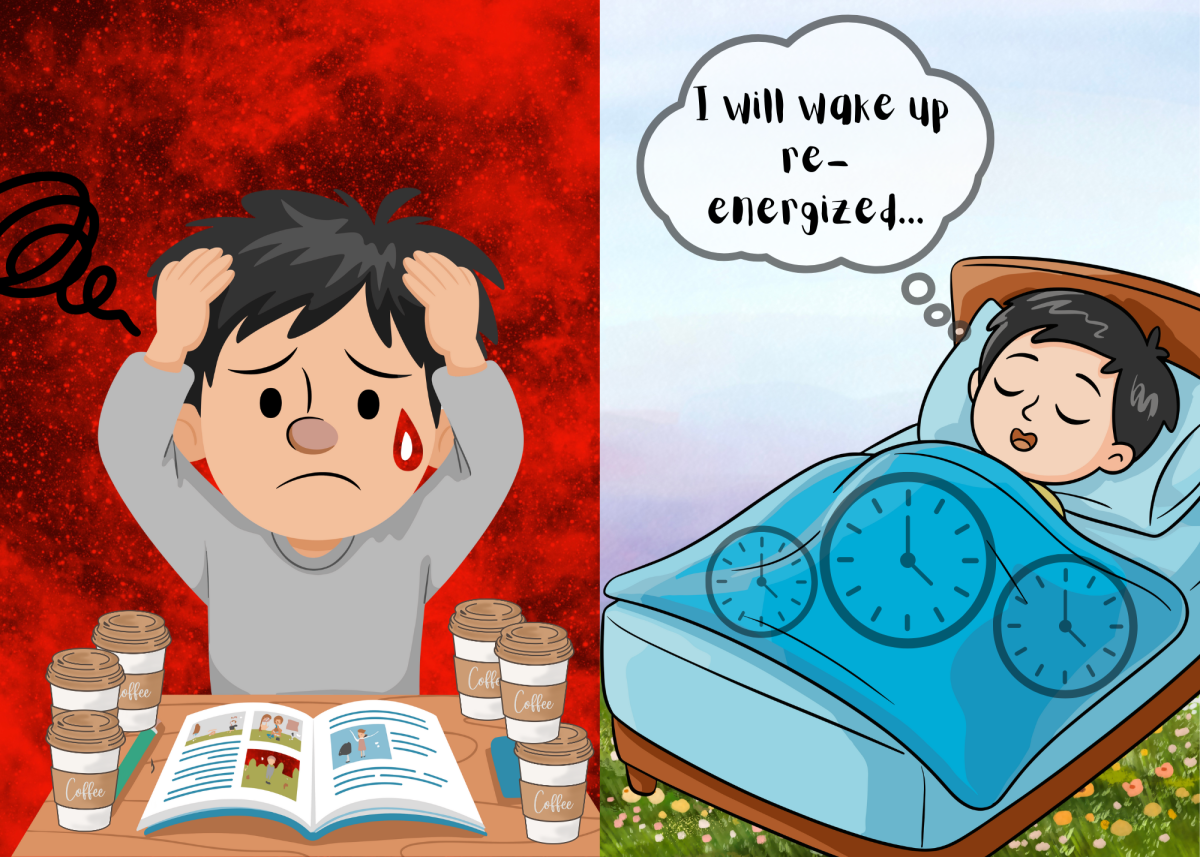In the past year, there has been a concerning increase in cardiac injuries among high-level female soccer players. In May, Savy King, an Angel City defender, collapsed on the field and required Cardiopulmonary Resuscitation (CPR) and an Automated External Defibrillator (AED) due to a congenital heart abnormality, which eventually required surgery. Later, in September, Savannah DeMelo, a Racing Louisville midfielder, also collapsed during a match after experiencing chest tightness and dizziness. These are just two of many female athletes who have suffered cardiac events on the field.
As Keani Martinez, a varsity girls’ soccer player, explained, “These events aren’t covered enough in the media,” Martinez said. “I play soccer and am into the “soccer world” and I didn’t even know that King or DeMelo had collapsed. It just feels wrong, because similar incidents with male players get coverage everywhere.”
As a female soccer player myself, these events were, alarming, to say the least. What began as shock quickly turned into worry, and that worry evolved into curiosity. I wanted to understand why this was happening, so I began digging deeper. As both an athlete and a journalist, I felt that this was something I needed to investigate, not just for my own peace of mind, but to inform other athletes like myself.
These are my findings: Soccer is closely linked to Sudden Cardiac Death (SCD) in young athletes because of the sport’s intense cardiovascular demands. A single 90-minute game often requires players to run six to eight miles, sprint every 90 seconds, and constantly shift between aerobic and anaerobic energy systems.
This intensity pushes the heart to perform near its maximum for long periods. For athletes with hidden heart conditions, the stress can trigger dangerous heart irregularities, also known as arrhythmias or even ventricular fibrillation.
Part of what sets soccer apart is not just intensity, but also the unpredictability. Players move between jogging, sprinting, and tackling, which require explosive bursts of energy paired with minimal recovery time. These constant shifts strain the cardiovascular system, especially during peak exertion, when the heart is already working near its limit.
Research from the National Library of Medicine (NLOB) shows that SCD’s in athletes frequently occur during these high-intensity moments rather than during steady play. In soccer, where matches demand this type of movement over an extended period, the risk becomes even more obvious.
The cardiovascular demands of soccer have also driven advances in prevention. Following high-profile male player deaths, Fédération Internationale de Football Association (FIFA) introduced mandatory pre-game cardiovascular screenings, including Electrocardiograms (ECG’s) and echocardiograms, for elite players. Major stadiums now require AEDs and trained medical staff on site.
Despite these advances, research specific to female athletes is nearly nonexistent. One study of Korean adolescent female soccer players found structural heart differences compared to non-athletes, including larger left atria and ventricles and enhanced diastolic function. While these “athlete’s heart” changes function normally, they indicate that high-intensity training begins to remodel the female heart during adolescence, showing the importance of monitoring young female athletes.
However, this is the exception, not the rule. Much of the research on SCD in soccer focuses on male athletes. As I looked over the studies in the NLOB, I realized that only one-third of the case studies included female participants, and even studies claiming to examine “young athletes” primarily reflected male experiences and data. Simple Google searches for annual SCD rates in women have almost no data, while the same search for men produces extensive results.
As I sat at my desk and read this, I sighed, disappointed yet again. When I asked P.E. teacher and girls’ track coach Nancy Harmon about this, her reaction was summed up in just a few words: “Unfortunately, I’m not surprised.”
Most importantly, women are underrepresented in clinical trials for implantable cardioverter defibrillators (ICDs), which evaluate life-saving therapies for SCD prevention, all of which could help female soccer players worldwide.
Across 11 major primary prevention ICD trials enrolling 10,404 patients, only about 20% were female. In individual trials, women comprised as few as 8% and at most 29% of participants. Women are also much less likely than men to receive ICDs after SCD, 22% vs 31%, and are underrepresented in secondary prevention studies as well.
These disparities shine a light on a wide gap in research, leaving female athletes, and women in general, without sufficient research and information available to take steps to prevent SCD. For female soccer players like King and DeMelo, this could mean potentially life-threatening events occurring on the field. Needless to say, immediate action is not just necessary: it is overdue.
While these disparities exist on a larger scale, more locally, Niles North has taken steps to prioritize student heart health for both female and male students. The school has 21 AEDs placed throughout the building, and each year students at both Niles North and Niles West are offered heart screenings through Young Hearts for Life.
These screenings are available to all students, not just athletes, and play a crucial role in detecting hidden conditions. Out of 1,131 screenings, 13 students were found to have previously undiagnosed cardiac conditions and were referred for further evaluation. In other words, 13 lives may have been saved that day.
Still, the process presents some challenges and can feel more difficult for girls. During the screening, a patch is placed on the upper chest, near the breast area, which can cause discomfort and make the experience more vulnerable for female students.
As athletic trainer Dawn Palmer explained, “Girls have to not be scared of being vulnerable in order to do this.” While there may not be intentional bias, the procedure does present an extra challenge for girls at North. Even so, the screening provides vital information that could help female athletes, and all students, prevent serious cardiac injuries or even SCD.
Even with important measures taken at Niles North, female athletes remain vulnerable because of the wider neglect of women in medical sports research. The lack of research exposes the bias women face in medicine, a problem I explore in my other stories, but this cannot continue. Professional athletes like King and DeMelo deserve better, and our very own women’s athletic programs deserve it too. Female athletes deserve the same research, the same resources, and the same protection as their male counterparts. Our hearts, our health, and our lives matter just as much, and it is time the medical field and sports medicine reflect that reality.
















Nancy Slagg • Oct 2, 2025 at 4:12 pm
Outstanding contribution, provides valuable information and insight about women’s health and the historic lack of inclusion and research on this topic.
Lolah Slagg • Oct 4, 2025 at 10:12 am
Thank you! :))